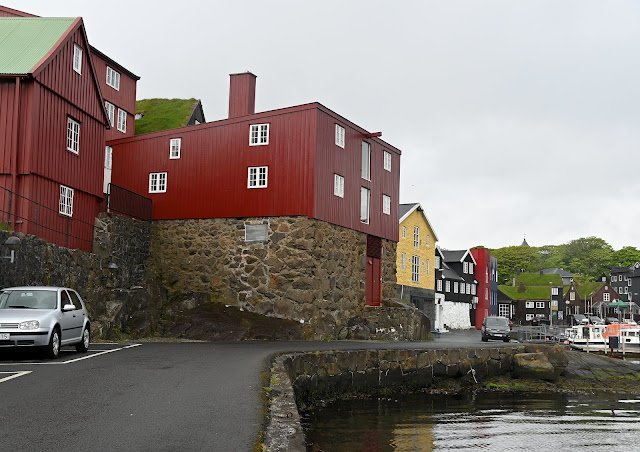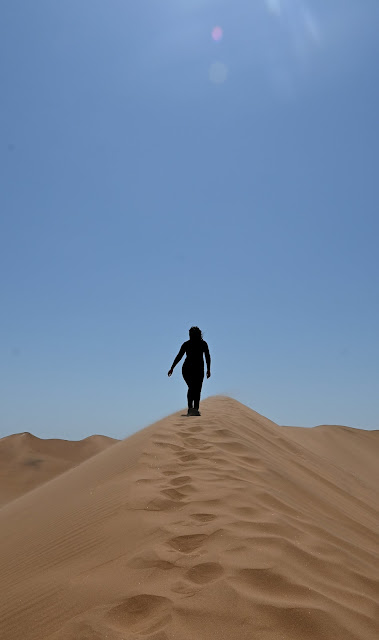Lukov
castle was known since 13th century as stone fort: same is
confirmed by archeological research; as well in written documents it
is mentioned in Šternberk family estates inventory as early as
1332. Sternberks were well known nobles of Europe whos members were
kings advisors, generals and high rank officials in both civil and
church power, they had the castle for +-200years. Pope Bonifac IX
mentioned chapel of Lukov castle as place where pieces of the holy
cross (yes, that one) were stored, so castle and its owners of the
time were pretty important.
The
castle is one of the largest in the region, it had big garrison and
plenty of supplies to withstand occasional sieges. And there were
enough of battles fought indeed, owners of the castle were changing a
lot, several people' rebellions ended up here to hold their last
stand and finally the castle ended up almost destroyed by Swedish
army in 1642. The castle stayed in ruins for a while then was
reconstructed into Renaissance homestead but in few years again was
abandoned, now for good. From 1980s proper archeological works
started and still ongoing, and although the castle is in process of
reconstruction it is open to public.
The
rough history of the castle created many legends of course: for
example about huge pile of silver from knight templars hidden in the
castle underground tunnels. The tunnels (which do exist) are guarded
by templars still (it is said) and vicious dog-like creatures with 4
eyes help them to keep robbers from the treasure. Amazingly they have
as a helper a duck – it chases away robbers too but as well the
duck lays golden eggs which are added to the silver bounty. The
treasure btw is not just a myth: there were 3 findings of silver
coins here since regular archeological research started: one was of
400 silver coins from 14th century, another counted 37
silver and 12 gold pieces from 16th century and the last
one (so far!) of 74 different coins from 15 to 17 century. How much
treasure was found before archeologists we would never know.Not
all findings were so great though: in the castle walls and at the
tower basement several skeletons were found: most probably they were
walled for some crime at their time. Some tend to think that these
were religious murders – especially at the tower, as there was a
custom to put a child (or a virgin) at the important building
foundations.
And
there is a story of a murder too: it says that once a year you can
see the boy without head with bright golden horseshoe on a chain on
his chest walking around the castle, behind him goes sad white lady.
The thing is the boy was the castle owner son who was accidentally
beheaded by heavy lead of a chest fallen on him. The castle master
blame his wife' carelessness for boys death and threw her down from
the castle walls. Since then they both are staggering around.
https://www.hradlukov.cz
from
above: Lukov










Comments
Post a Comment